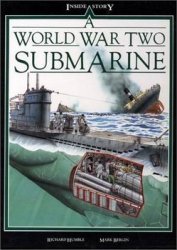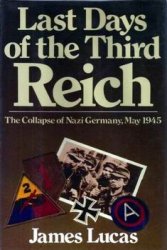The Renaissance model of humanistic education persisted in the Western world until the mid-20th century, with an emphasis on languages and philology, and with lessons taught in Latin until the 19th century. Many of the classical texts used in classrooms had been discovered and edited by Renaissance humanists. The admiration of classical Roman republicanism promulgated by the Renaissance was emulated in both Europe and the United States during the 18th century. Both the French and American Revolutions were conceived by individuals inspired by the republican models of Renaissance Venice and Florence. In a few European countries, notably
Poland, the modern nation was formed in the 19th century, inspired by its own Renaissance model.
As the new republics of the late 18 th and early 19th centuries began erecting noteworthy buildings, the most pervasive architectural models were buildings by Palladio. Thomas Jefferson, for example, owned a copy of Palladio’s work on architecture and designed his Virginia home, Monticello, after the Villa Rotonda of Palladio. In both England and the United States Palladio was popular for his association with the Republic of Venice as much as for his architectural expertise. Among bankers and other wealthy merchants of the 19th and early 20th centuries, the semiclassical styles of Renaissance palaces became popular. Their association with the Medici and other powerful financial figures of the Renaissance gave them an aura of authority and permanence.
The scientific revolution of the 17th century originated with Renaissance humanists who questioned the authority of classical texts. New editions and translations of Greek mathematicians turned the attention of scholars to this field, and advances in algebra and geometry culminated in scientific discoveries a century later. The study of medicine during the 17th and 18th centuries was rooted in anatomical publications of the 16th century. Clinical medicine also had its beginnings in the Renaissance as students observed their teachers in the hospital environment. More than anything else, the Coper-nican universe, displacing the Earth as the center of the cosmos, taught that even the most basic assumptions of science should be examined and perhaps modified.
All the arts have benefited from Renaissance contributions. Lyrics and music were first performed in a unified manner during this time; the madrigal is a perfect example. Opera has often retold Renaissance history, and Verdi’s Don Carlo (1867) is a notorious example of creative manipulation of historical facts. The foundations of modern literary theory can be attributed to Renaissance scholars who argued about the purpose of literature. Ideas about literary genres discussed during the Renaissance helped later critics formulate their own theoretical stance. Realistic fig-ural sculpture, reborn during the Renaissance, remains the basis of many monumental forms commissioned today. Painters have followed Renaissance
Conclusion
Models for creating the illusion of three dimensions in a two-dimensional picture plane. The principles of Renaissance perspective are still taught in drawing classes. Techniques of printmaking developed during the Renaissance have persisted through the centuries. Taday’s printmakers working in intaglio use the same tools and techniques as their predecessors. Iconographically the Renaissance probably has influenced more artists than any other epoch. Even today the photographer Cindy Sherman, for example, has presented herself in the manner of Renaissance portraits. Whether parodying artists of the Renaissance or nodding to their talents, visual artists continue to be inspired by their work.
In popular culture the Renaissance lives on, though often distorted and exaggerated. The plays of Shakespeare have been, by far, the most pervasive cultural artifacts of the Renaissance in modern theater and cinema. There have been some two dozen films of his plays and more than a dozen based on his plays, from Akira Kurosawa’s Ran (King Lear) in 1985 to a modern-day version of Hamlet. More than three dozen films have dealt with the historical period of the Renaissance, almost all focusing on the excesses of the time—greed, sex, cruelty, and violence. Several of these films present the biographies of famous artists and rulers, confirming modern assumptions that Renaissance figures were larger than life. The life they were larger than, however, is our own. The Renaissance had its own standards of behavior and levels of expectations. If we are to understand anything at all about this period of Western history, we must approach it on its own terms.
Handbook to Life in Renaissance Europe




 World History
World History









